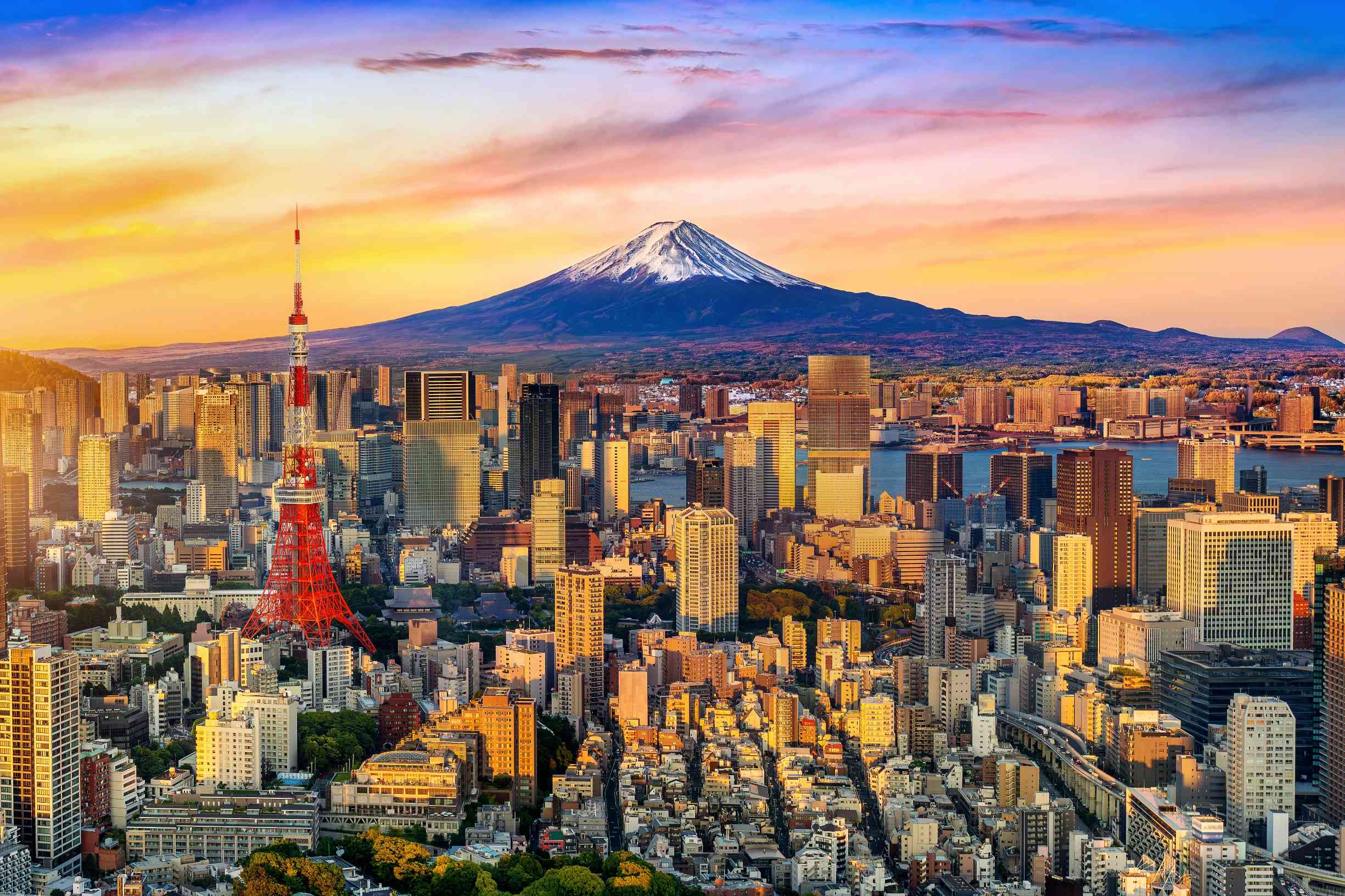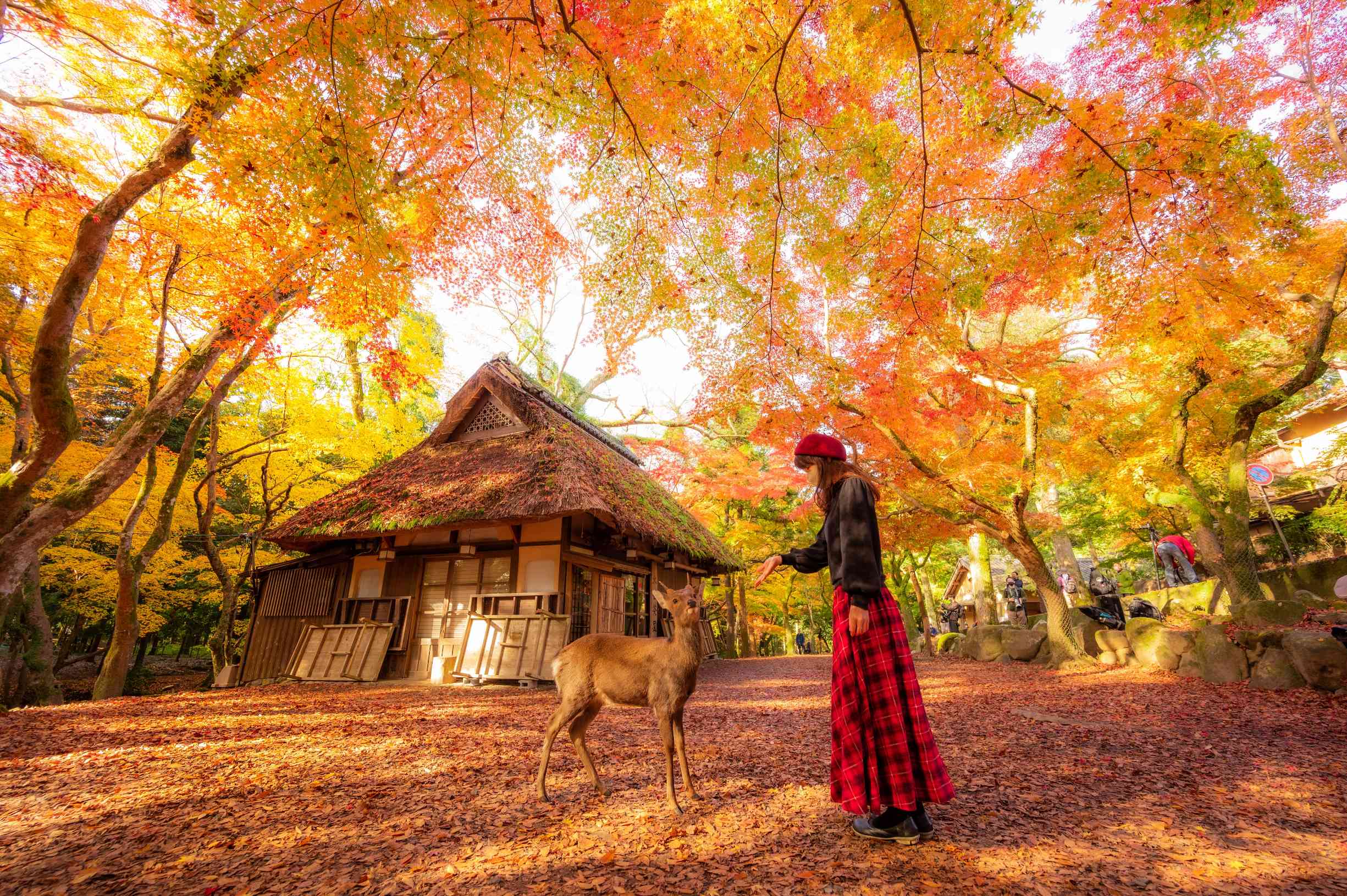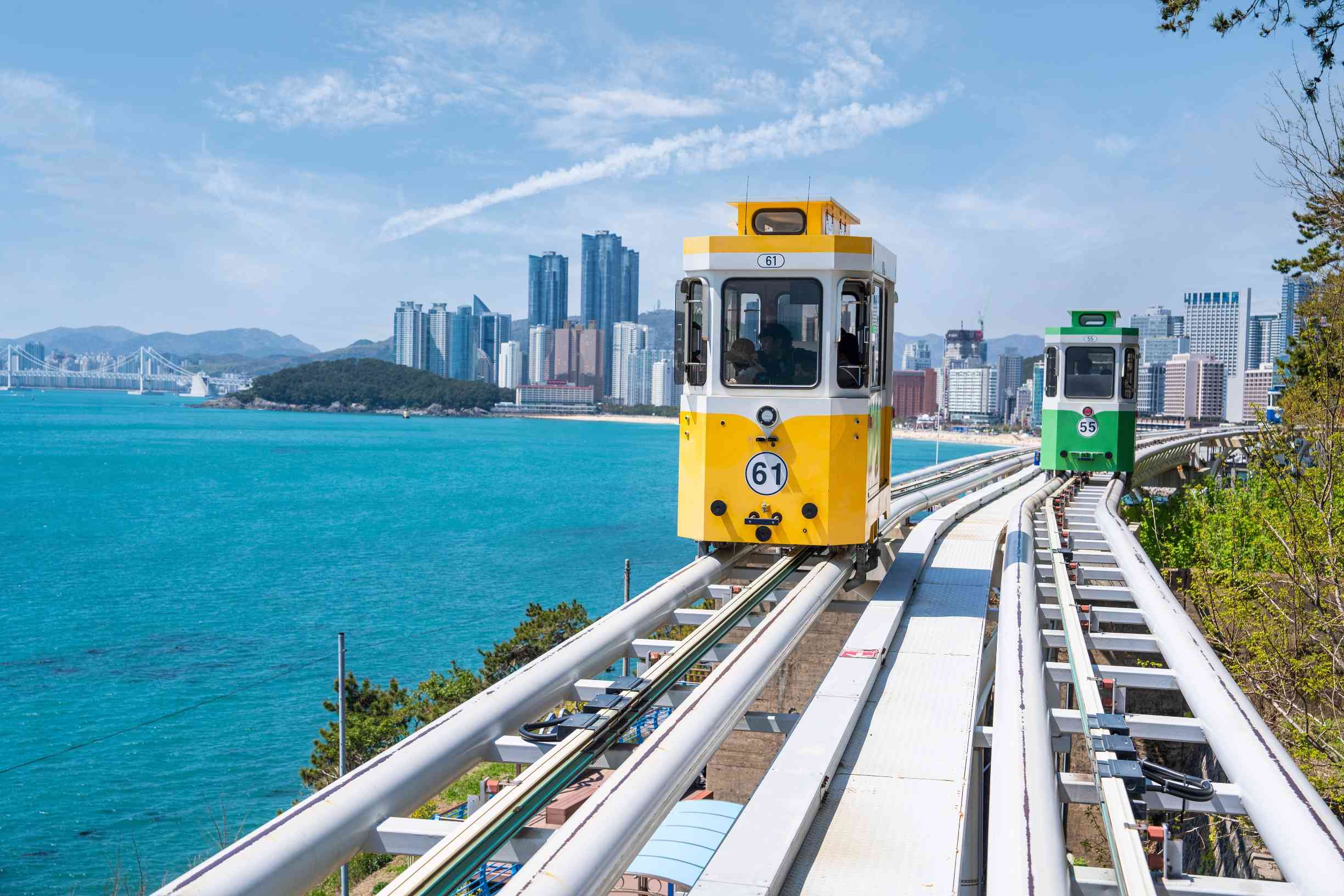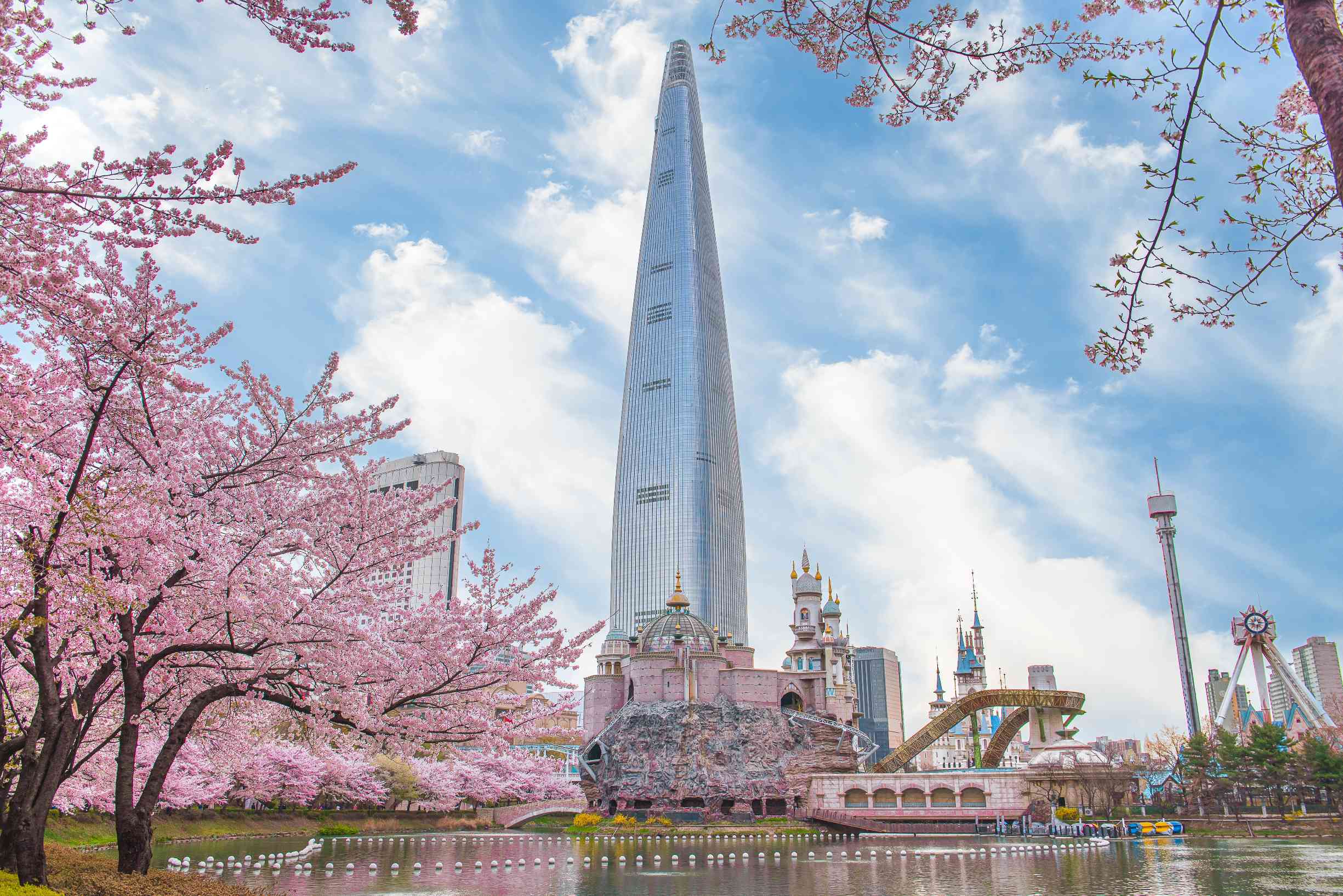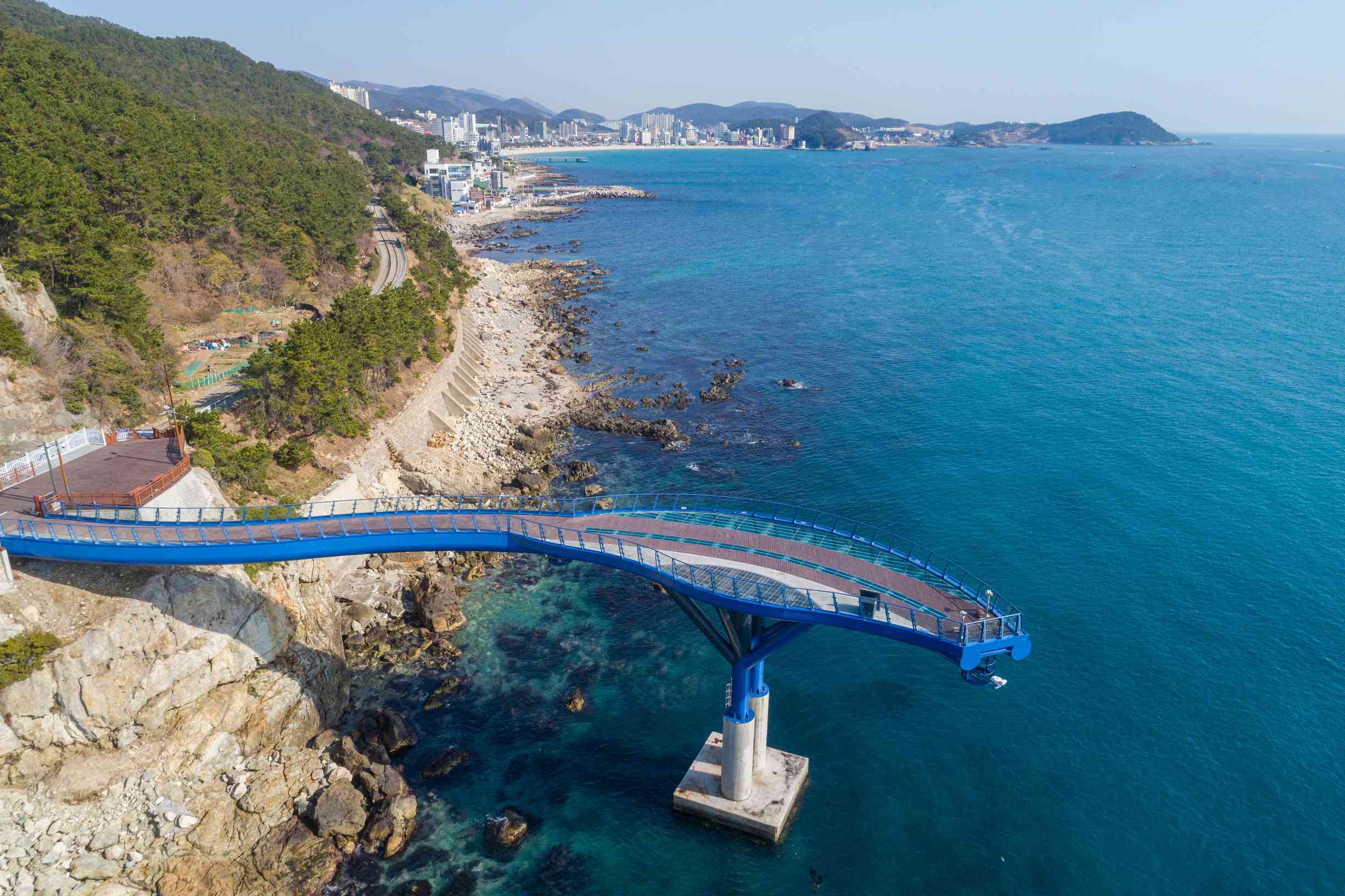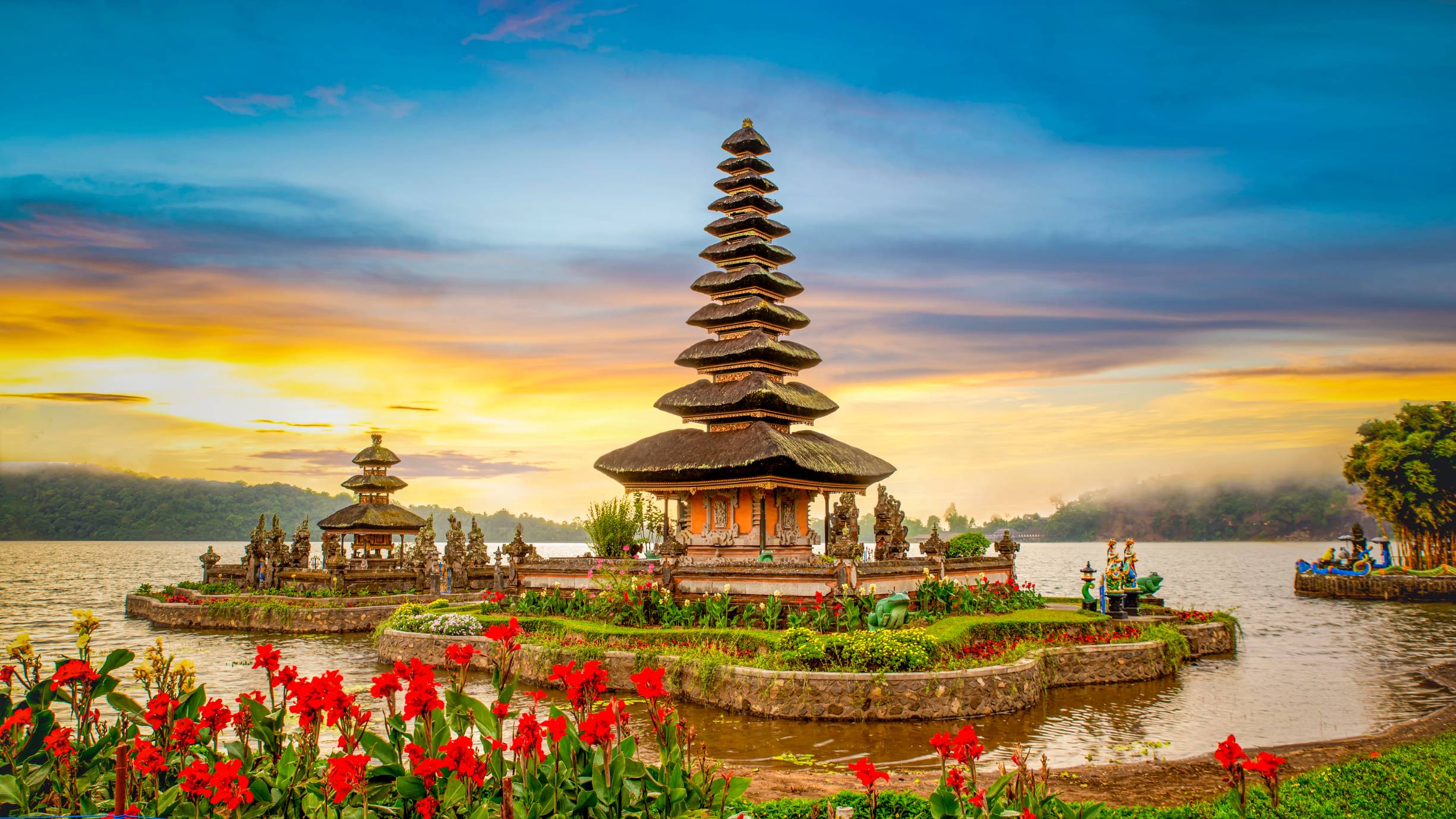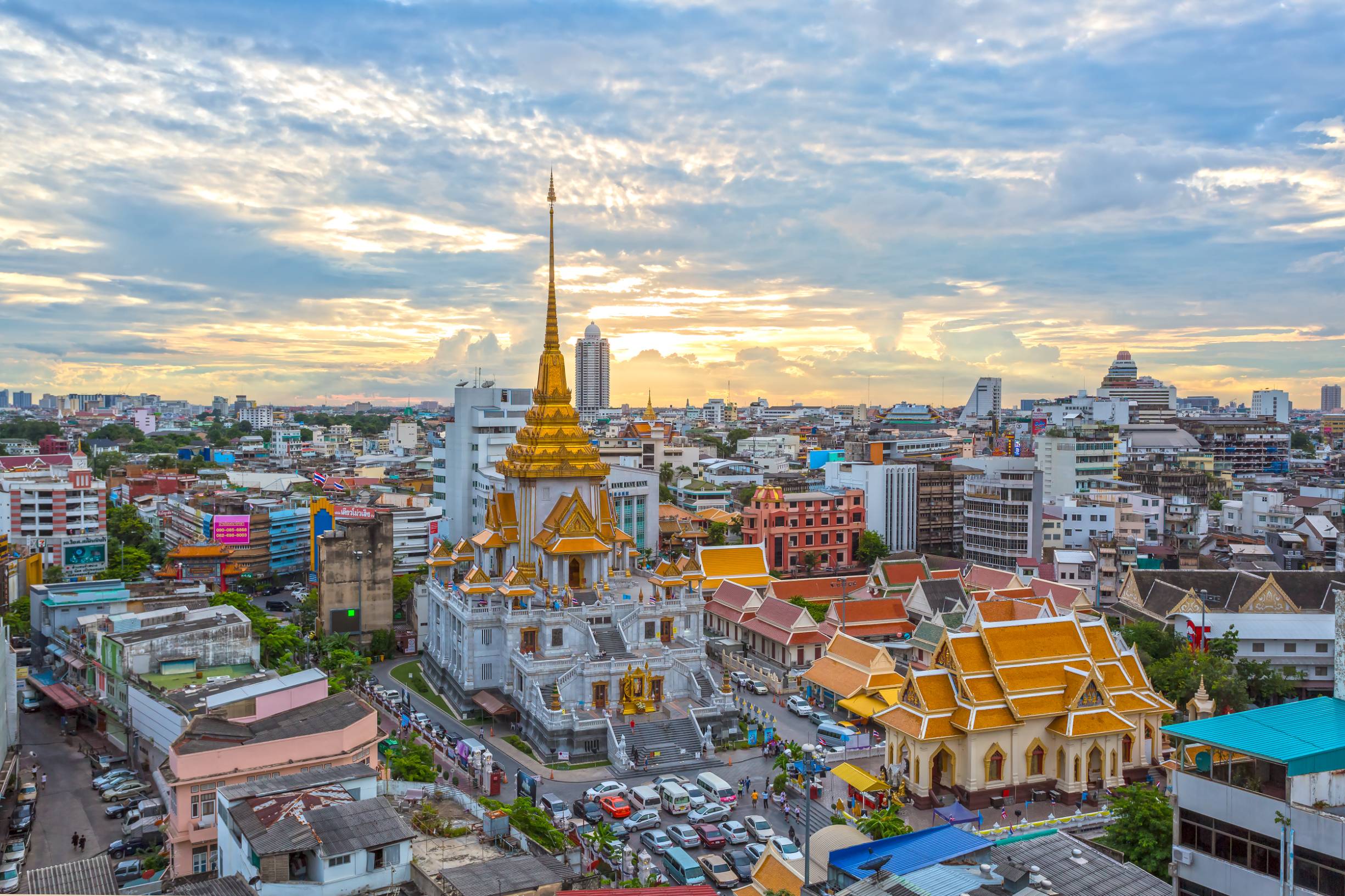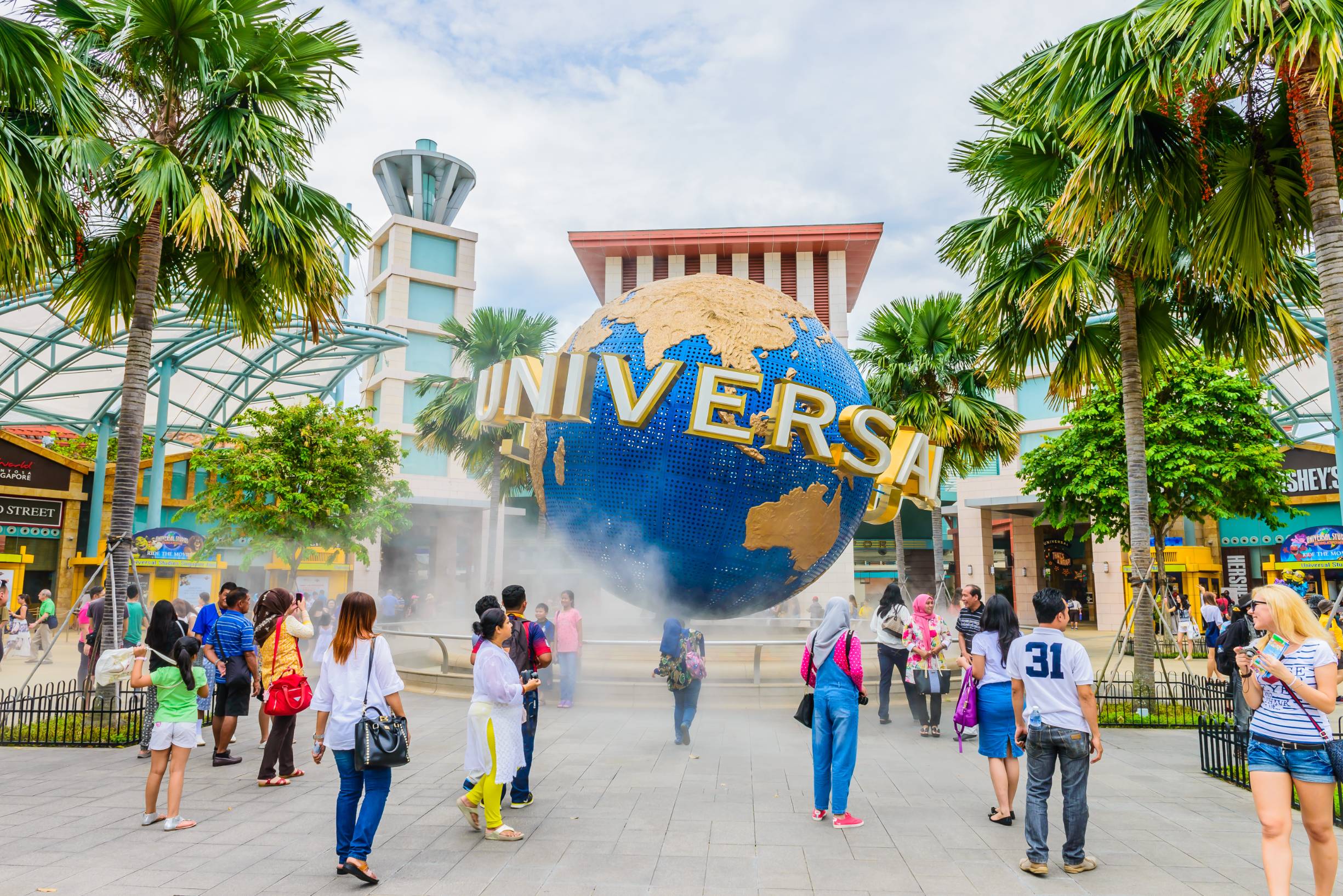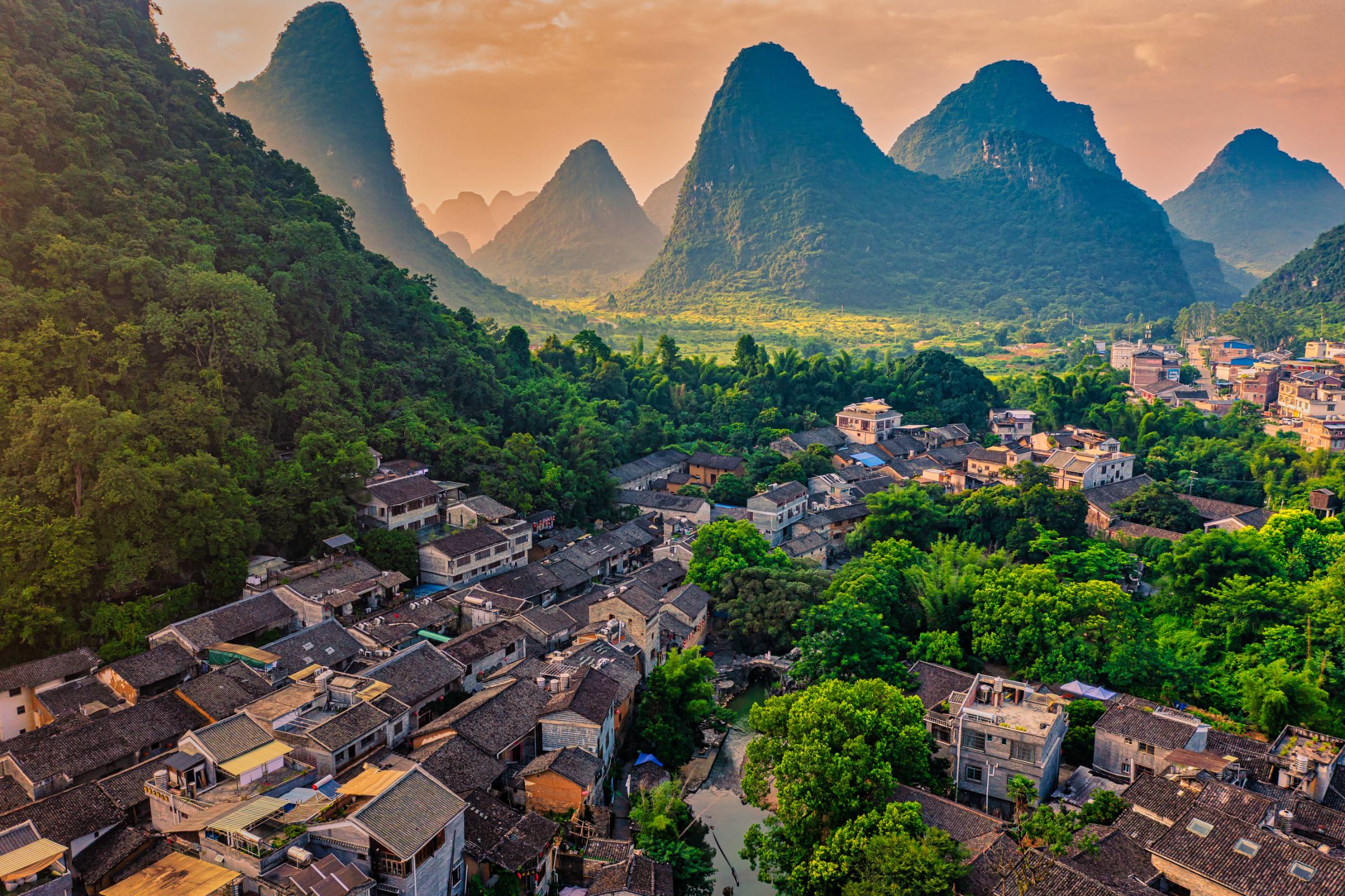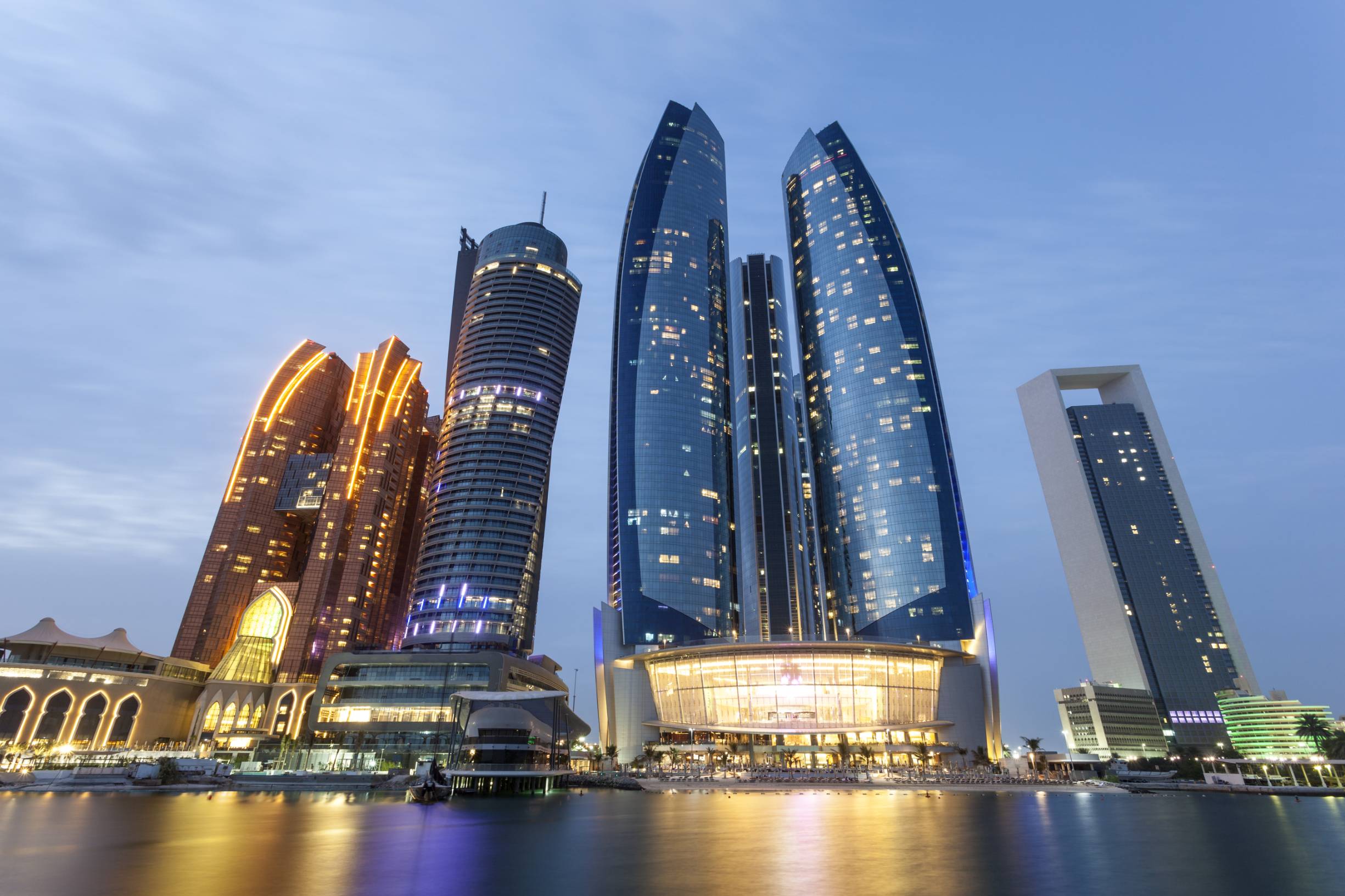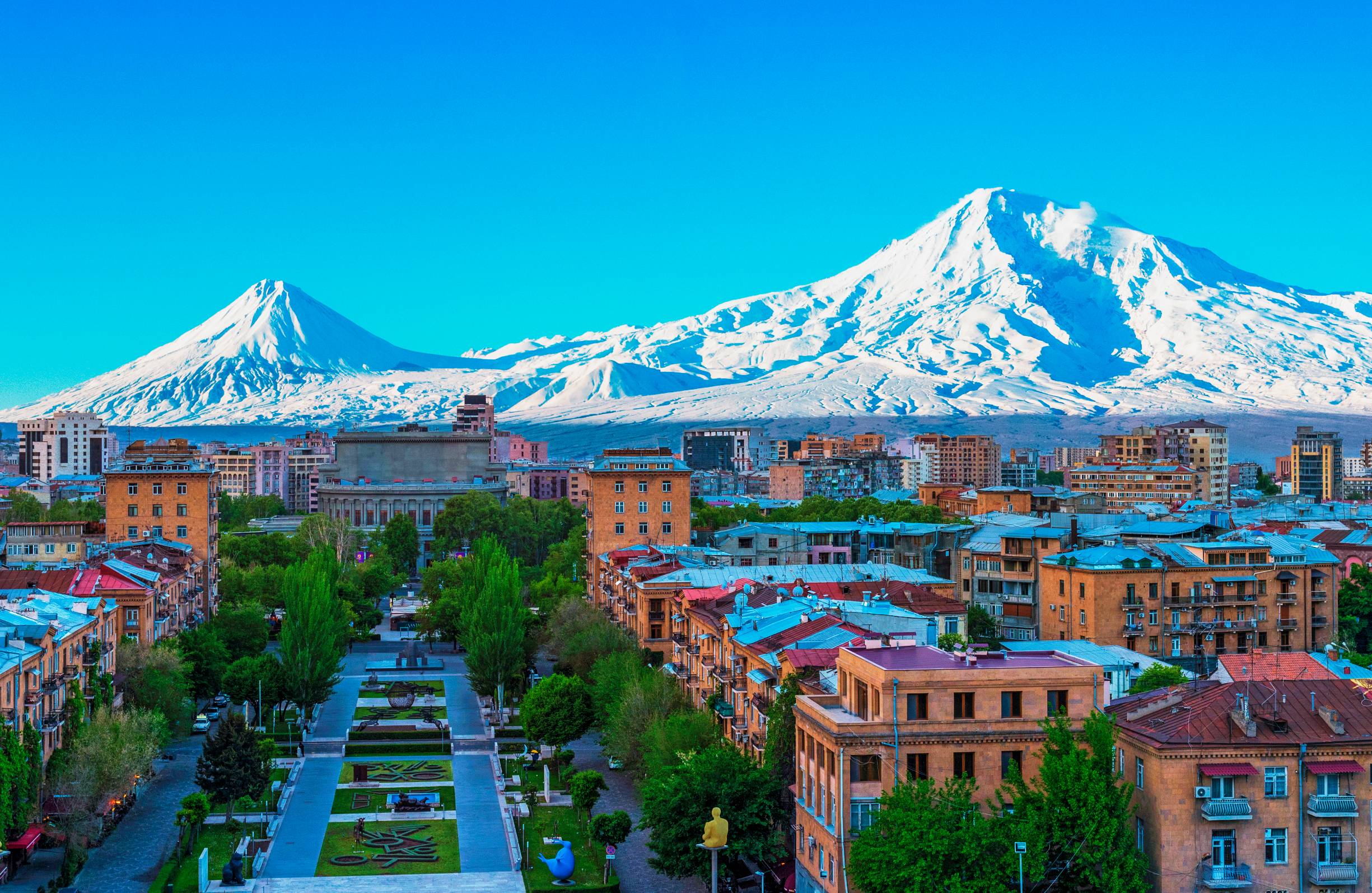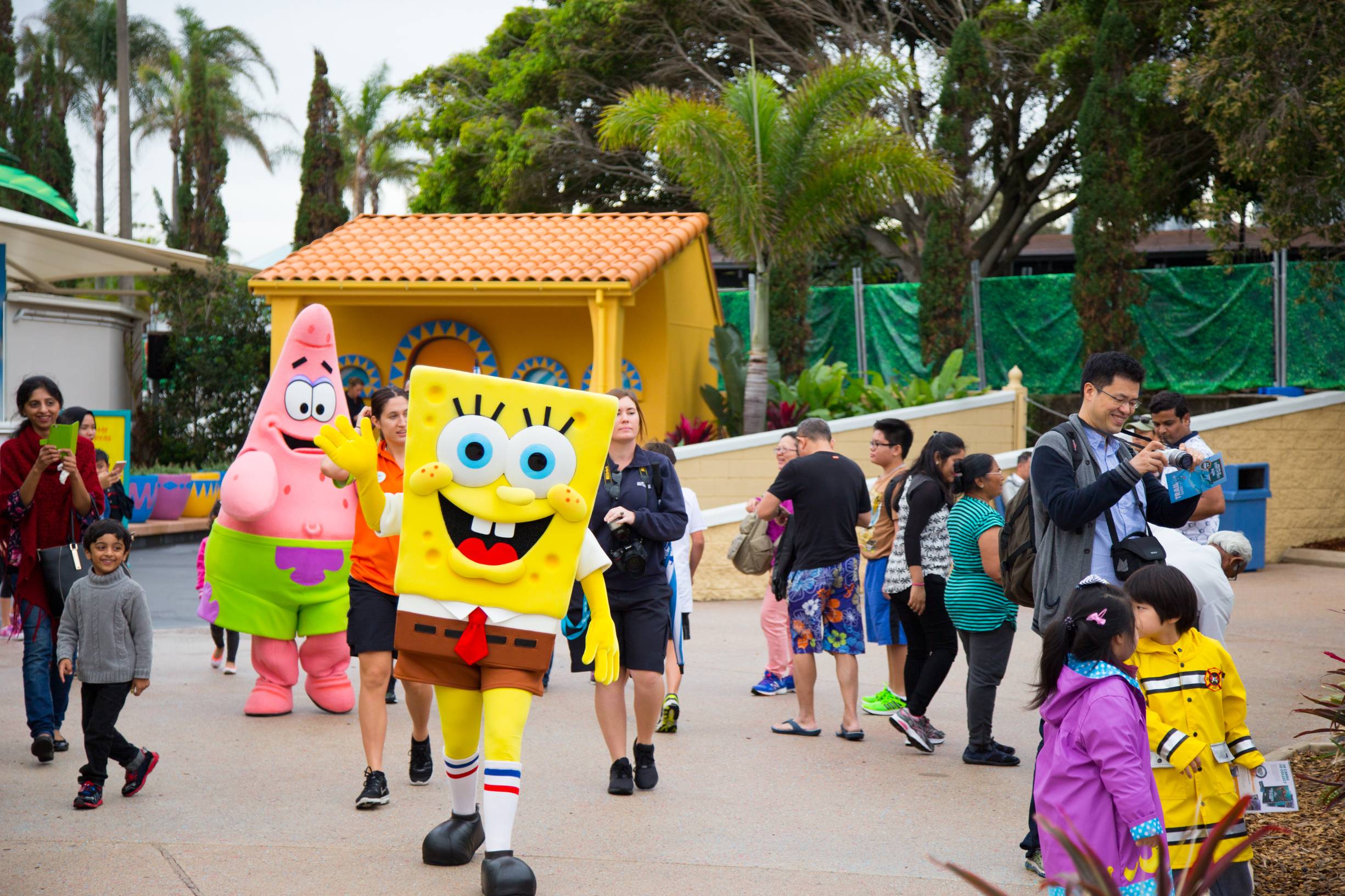South Korea
Explore the beauty of South Korea by visiting its top destinations like Seoul and Busan. Some must-see places include the stunning Cheonjeyeon Waterfalls, the modern Dongdaemun Design Plaza, the traditional Gongsimga Hanok Guesthouse, the historic Gyeongbokgung Palace, and the scenic Jirisan National Park. These are just a few of the amazing spots you can enjoy, making your trip to South Korea unforgettable.
Why Visit South Korea?
South Korea is a fascinating country that offers a unique blend of rich history, modern technology, vibrant culture, and stunning natural beauty. Whether you're a culture enthusiast, a foodie, a nature lover, or a tech aficionado, South Korea has something for everyone. Here are some reasons why you should visit South Korea:
1. Rich Cultural Heritage
- Historical Sites: South Korea is home to beautiful temples, palaces, and traditional hanok villages. Gyeongbokgung Palace and Changdeokgung Palace in Seoul, as well as the Bulguksa Temple in Gyeongju, offer a glimpse into the country’s ancient history.
- Hanbok Experience: Visitors can wear traditional Korean clothing, known as hanbok, and stroll around historical sites like palaces or Bukchon Hanok Village.
- Cultural Festivals: South Korea hosts numerous cultural festivals such as Seollal (Lunar New Year) and Chuseok (Korean Harvest Festival), offering travelers a chance to experience local customs and traditions.
2. Stunning Natural Landscapes
- Mountains: South Korea is known for its beautiful mountains, such as Mount Seoraksan and Mount Jirisan, perfect for hiking and exploring.
- Beaches: The country has picturesque beaches like Haeundae Beach in Busan, where you can relax by the sea, and Jeju Island, which boasts stunning volcanic landscapes, waterfalls, and natural beauty.
- National Parks: South Korea’s national parks like Seoraksan National Park and Jirisan National Park offer scenic views, hiking trails, and a chance to immerse yourself in nature.
3. Delicious Food
- Korean Cuisine: South Korea is a haven for food lovers. From kimchi, bibimbap, samgyeopsal (grilled pork belly), and banchan (side dishes) to tteokbokki (spicy rice cakes) and jjigae (stews), Korean cuisine is diverse, flavorful, and unique.
- Traditional Tea Houses: Visit traditional Korean tea houses in areas like Insadong in Seoul for a relaxing experience while enjoying green tea and traditional sweets.
4. Vibrant City Life
- Seoul: As the capital, Seoul is a dynamic city where tradition and modernity coexist. From the bustling streets of Myeongdong and Dongdaemun to the tranquil beauty of Gyeongbokgung Palace and Bukchon Hanok Village, Seoul offers something for everyone.
- Nightlife: South Korea’s nightlife is famous, with trendy neighborhoods like Gangnam and Itaewon in Seoul offering everything from upscale clubs to cozy bars and karaoke lounges. If you’re looking for a lively atmosphere, these areas are ideal.
5. Technology and Innovation
- Smart Cities: South Korea is a global leader in technology and innovation. In Seoul, you can explore Dongdaemun Design Plaza, an architectural marvel, and experience cutting-edge technology in areas like Gangnam and Digital Media City.
- Shopping: South Korea is known for its fashion-forward culture. Visit areas like Gangnam and Myeongdong for the latest trends in fashion, beauty, and technology. The K-Star Road in Gangnam is also a must for K-pop fans.
6. K-Pop and Korean Culture
- K-Pop: South Korea is the birthplace of the global K-pop phenomenon. Fans of K-pop can visit SMTOWN Coex Artium in Seoul, a dedicated space for K-pop culture. You can also take part in K-pop dance classes or attend live performances.
- K-Drama Locations: Many K-drama fans come to South Korea to visit filming locations of their favorite shows.
7. Jeju Island
- Natural Wonders: Jeju Island is often referred to as the “Hawaii of South Korea,” with its volcanic landscapes, waterfalls, beaches, and scenic views. Highlights include Hallasan Mountain, Manjanggul Lava Tube, and the stunning Jeju Olle Trails.
- Unique Attractions: Jeju also has quirky attractions like the Jeju Loveland and Jeju’s Haenyeo (female divers), who continue to dive for seafood using traditional methods.
8. Easy Transportation
- Efficient Public Transport: South Korea’s public transportation system is convenient and well-connected. The KTX high-speed trains make it easy to travel between cities, and the subway systems in Seoul and Busan are both affordable and easy to navigate.
- Bicycles and Walking: Many areas in South Korea, like the Han River Park in Seoul, offer scenic walking or cycling paths, making it easy to explore on foot or by bike.
9. Safety and Cleanliness
- Safe Destination: South Korea is considered one of the safest countries to visit, with low crime rates and efficient emergency services.
- Cleanliness: The country is known for its cleanliness and well-maintained public spaces, which makes for a pleasant and comfortable travel experience.
10. Festivals and Events
- Boryeong Mud Festival: Held every summer, this festival offers a fun, unique experience where you can enjoy mud-based activities and live entertainment.
- Busan International Film Festival (BIFF): For movie lovers, the Busan International Film Festival is one of the most prestigious film festivals in Asia, showcasing films from around the world.
Best Time to Visit South Korea
The best time to visit South Korea depends on what kind of experience you’re looking for. Here’s a breakdown of the different seasons and when each one offers the best opportunities for travel:
1. Spring (April to June) - Best for Cherry Blossoms and Pleasant Weather
- Highlights: Spring is one of the most popular times to visit South Korea. The weather is mild, and the country is blanketed with beautiful cherry blossoms, especially in April. Many parks and streets are lined with pink flowers, creating a picturesque atmosphere.
2. Summer (July to August) - Best for Festivals and Beach Trips
- Highlights: Summer in South Korea can be hot and humid, with temperatures often exceeding 30°C (86°F). July and August also mark the monsoon season (called "Jangma"), so expect some rain, especially in July.
3. Autumn (September to November) - Best for Fall Foliage and Perfect Weather
- Highlights: Autumn is another fantastic time to visit South Korea. The weather is crisp and clear, and the fall foliage is absolutely breathtaking, especially in national parks like Seoraksan. October is particularly known for its vibrant red, orange, and yellow leaves.
4. Winter (December to February) - Best for Skiing and Winter Festivals
- Highlights: Winters in South Korea can be cold, with temperatures often dipping below freezing, especially in January. However, it’s also the best time to visit if you're into winter sports. Ski resorts like Yongpyong and Vivaldi Park attract many visitors for skiing and snowboarding.
Summary:
- Spring (April to June): Perfect for mild weather and cherry blossoms.
- Summer (July to August): Great for beaches, festivals, and lively city experiences, but be prepared for humidity and rain.
- Autumn (September to November): Ideal for outdoor activities, hiking, and stunning fall foliage.
- Winter (December to February): Best for winter sports, skiing, and enjoying cozy winter vibes.
Final Tip
When visiting South Korea, it’s important to dress in layers, especially during spring and fall when temperatures can fluctuate. In the hot, humid summer, wear light, breathable clothes and carry an umbrella for sudden rain showers. During the cold winter months, pack warm clothing like a heavy coat, gloves, and scarves. Always check the weather forecast, as conditions can change quickly.
South Korea Visa for Indians – Everything You Need to Know
1. Types of Visas for Indian Citizens
- Tourist Visa (C-3): This is the most common visa for Indians visiting South Korea for leisure, sightseeing, or short visits (up to 90 days).
- Transit Visa (C-3): If you're passing through South Korea to another country and plan to stay for a short period, you may need a transit visa.
- Other Visas: There are also visas for students, workers, and those on long-term stays. Make sure to apply for the correct category based on your purpose of visit.
2. Required Documents
- Completed Visa Application Form: You can download this from the South Korean embassy or consulate website.
- Valid Passport: Your passport must be valid for at least six months beyond your planned stay in South Korea.
- Photographs: Recent passport-sized photographs (2x2 inches).
- Flight Itinerary: A round-trip flight reservation showing your dates of entry and exit.
- Accommodation Details: Hotel bookings or an invitation letter if you're staying with a relative/friend.
- Bank Statements: Proof of sufficient funds (bank statement for the last 3 months) to cover your expenses during the stay.
- Cover Letter: Some visa categories require a letter explaining the purpose of your visit.
- Visa Fee: The visa fee varies depending on the type of visa. Payment is typically made at the embassy or consulate.
3. Application Process
- Submit Application: You can submit your visa application to the South Korean Embassy or Consulate in India, or through a visa agency.
- Processing Time: The visa processing time is usually 5 to 10 working days, but it’s recommended to apply at least 2-3 weeks before your planned trip.
- Visa Interview: In some cases, you may be asked to attend an interview at the embassy.
4. Things to Keep in Mind
- Validity: The tourist visa is usually valid for 90 days, but check the specific details when applying.
- Multiple Entry Visa: If you plan to visit South Korea multiple times within a short period, you can apply for a multiple-entry visa.
- Medical Insurance: Although not mandatory, it is highly recommended to have travel medical insurance in case of emergencies.
Important Note
Visa fees, application procedures, and required documents may change. Always confirm the latest details from official sources before applying or contact Travelojourney Visa handler.
Top Places to Visit in South Korea
South Korea offers a perfect mix of modern cities, ancient landmarks, and breathtaking natural beauty. Here are some of the top places to visit in the country:
1. Seoul
- Gyeongbokgung Palace: A stunning royal palace, it’s a must-visit to experience traditional Korean architecture and history.
- Bukchon Hanok Village: A charming neighborhood with traditional hanok houses that allow you to step back in time.
- Myeongdong: A vibrant shopping street where you can find the latest fashion, beauty products, and street food.
- N Seoul Tower: Offering panoramic views of the city, this iconic tower on Namsan Mountain is perfect for sightseeing.
2. Busan
- Haeundae Beach: Known for its beautiful coastline, it's perfect for relaxing, swimming, and enjoying the lively atmosphere.
- Gamcheon Culture Village: Famous for its colorful houses and artistic vibe, this hillside village is full of charm and creativity.
- Beomeosa Temple: A historic Buddhist temple located at the foot of Geumjeongsan Mountain, offering peace and scenic beauty.
3. Jeju Island
- Hallasan Mountain: A stunning volcanic mountain, it offers hiking trails with amazing views and diverse wildlife.
- Jeju Folk Village: A great place to experience traditional Korean culture and see old houses, folk art, and more.
- Cheonjeyeon Waterfalls: A beautiful set of waterfalls surrounded by lush nature, making it perfect for nature lovers.
4. Gyeongju
- Bulguksa Temple: A UNESCO World Heritage Site, this ancient Buddhist temple is a masterpiece of Korean architecture.
- Seokguram Grotto: A stone temple housing a large Buddha statue, offering tranquility and historical significance.
- Anapji Pond: A picturesque pond with a rich history, it’s especially beautiful when illuminated at night.
5. Suwon
- Hwaseong Fortress: A UNESCO World Heritage Site, this fortress is known for its impressive walls, gates, and historic significance.
- Korean Folk Village: An open-air museum where you can explore traditional Korean culture, architecture, and crafts.
6. DMZ (Demilitarized Zone)
- Panmunjom: The famous border area between North and South Korea, where you can visit the Joint Security Area (JSA) and learn about the division of the two Koreas.
- Dora Observatory: A viewing platform where you can catch a glimpse of North Korea, offering unique insights into the border area.
7. Incheon
- Songdo International Business District: A modern city with stunning architecture and green spaces, perfect for those interested in futuristic design.
- Chinatown: A vibrant area with Chinese cultural influences, offering delicious food and unique shopping experiences.
8. Gangwon-do
- Seoraksan National Park: Known for its towering mountains, clear rivers, and stunning autumn foliage, this is a popular destination for hiking and nature enthusiasts.
- Pyeongchang: Famous for hosting the 2018 Winter Olympics, it’s an excellent spot for winter sports and scenic beauty.
9. Andong
- Hahoe Village: A UNESCO-listed traditional village that showcases ancient Korean culture with preserved architecture and folk customs.
- Andong Mask Dance Festival: A cultural event that celebrates traditional Korean mask dances and rituals.
10. Jeonju
- Jeonju Hanok Village: A beautifully preserved traditional village known for its well-maintained hanok houses, offering a glimpse into Korea’s past.
- Jeonju Bibimbap: Jeonju is famous for its bibimbap, a delicious Korean rice dish, making it a great destination for food lovers.
11. Nami Island
- A picturesque island famous for its beautiful tree-lined avenues, Nami Island is a great place for nature walks, biking, and enjoying seasonal beauty.
Top Adventure Activities in South Korea
1. Hiking in Seoraksan National Park
- Adventure: South Korea is known for its stunning mountain landscapes, and Seoraksan National Park is one of the best places to hike. The park offers various trails, including challenging ones that take you to the summit for breathtaking panoramic views.
- Why It's Great: The views of towering granite peaks, lush forests, and scenic valleys make this a perfect adventure for nature lovers and hikers.
2. Skiing and Snowboarding in Pyeongchang
- Adventure: South Korea is a great destination for winter sports, and Pyeongchang is home to world-class ski resorts. The area, which hosted the 2018 Winter Olympics, offers excellent skiing and snowboarding slopes for both beginners and advanced skiers.
- Why It's Great: With well-maintained facilities, beautiful snowy landscapes, and a variety of slopes, it's an ideal place to enjoy the winter season.
3. Bungee Jumping in Incheon
- Adventure: For adrenaline junkies, Incheon offers bungee jumping off a 45-meter-high platform. This thrilling activity lets you experience the ultimate rush as you leap into the air.
- Why It's Great: The stunning views of the surrounding nature add to the excitement of this high-flying adventure.
4. Paragliding in Danyang
- Adventure: Danyang, known for its picturesque landscape and clear skies, is one of the top spots for paragliding in South Korea. Fly over beautiful mountains and valleys with stunning views that you can only get from the sky.
- Why It's Great: The feeling of soaring like a bird over scenic landscapes makes this a bucket-list activity for adventure seekers.
5. Rock Climbing in Bukhansan National Park
- Adventure: Bukhansan National Park in Seoul is a popular spot for rock climbing, with challenging cliffs and steep trails. The park's rugged terrain makes it perfect for both experienced climbers and beginners.
- Why It's Great: With various levels of difficulty, it offers an accessible but challenging experience, all within close proximity to Seoul.
6. White Water Rafting in the Han River
- Adventure: For an exciting water adventure, try white-water rafting in the Han River. Although not as intense as other locations around the world, it offers enough rapids to get your adrenaline pumping.
- Why It's Great: It’s a fun way to enjoy the outdoors, especially for groups or families looking to have an adventure in the heart of Seoul.
7. Cave Exploration in Jeju Island
- Adventure: Jeju Island is home to several beautiful lava caves that you can explore. The Manjanggul Lava Tube is one of the longest lava tubes in the world and is open to visitors for a thrilling underground adventure.
- Why It's Great: Exploring these natural, volcanic formations is a unique and awe-inspiring experience, with impressive stalactites and stalagmites.
8. Surfing at Yangyang
- Adventure: Yangyang, located on the eastern coast, is one of South Korea's best-known surfing spots. With its consistent waves, it’s a great place for surfers of all levels.
- Why It's Great: The relaxed vibe, beautiful beaches, and solid surf conditions make it a popular destination for both local and international surfers.
9. Cycling the Han River Trails
- Adventure: Rent a bike and cycle along the scenic Han River trails in Seoul. The riverside offers a network of cycling paths where you can enjoy a leisurely ride with views of the city skyline and nature.
- Why It's Great: It’s an easy, fun, and active way to see Seoul from a different perspective, especially during the spring and autumn months.
10. Canyoning in Jeongseon
- Adventure: For those looking for a more extreme outdoor experience, canyoning in Jeongseon offers an exciting challenge. This involves climbing, jumping, and swimming through narrow canyon paths, often in remote and rugged areas.
- Why It's Great: It’s a thrilling way to enjoy South Korea’s natural landscapes, perfect for those who love water sports and climbing.
11. Camping in the National Parks
- Adventure: South Korea's national parks, such as Seoraksan and Jirisan, offer great camping opportunities. Whether you prefer pitching a tent or staying in a cabin, the country has several campsites with beautiful views and peaceful surroundings.
- Why It's Great: Camping in South Korea allows you to experience the country's breathtaking nature, and it’s a great way to disconnect and enjoy outdoor activities like hiking, fishing, or stargazing.
Popular Restaurants for Indian Tourists in South Korea
South Korea has a growing Indian expat community and a strong demand for Indian cuisine, making it a great destination for Indian tourists looking to enjoy authentic flavors. Here are some popular Indian restaurants in South Korea that Indian tourists often visit:
- Mumtaz Indian Restaurant
- Indian Kitchen
- The Bombay Restaurant
- Sitar Indian Restaurant
- Bindaas
- Taj Palace
- Delhi Indian Restaurant
- Curry House
- Ganga Indian Restaurant
- Saffron
- Naan - Indian Restaurant
- Chutney Indian Restaurant
Best Shopping Spots in South Korea
South Korea is a shopper’s paradise, offering everything from traditional markets to high-end luxury boutiques. Whether you're looking for fashion, electronics, beauty products, or souvenirs, here are some of the best shopping spots in South Korea:
- Myeongdong Shopping Street (Seoul)
- Insadong (Seoul)
- Dongdaemun Shopping Complex (Seoul)
- Namdaemun Market (Seoul)
- Apgujeong Rodeo Street (Seoul)
- COEX Mall (Seoul)
- Lotte World Mall (Seoul)
- Hongdae (Seoul)
- Gwangjang Market (Seoul)
- Starfield Hanam (Hanam)
- Itaewon (Seoul)
Top Places to Enjoy Nightlife in South Korea
- Club Octagon
- All That Jazz
- Su Noraebang
- Dongdaemun Night Market
- Han River
- N Seoul Tower
- Paradise Walker Hill Casino
- Myeongdong Nanta Theatre
- Dragon Hill Spa
- Baekseju Maeul
Need to change Important Tips for Hassel free travel
- Make sure your passport is valid for at least six more months after your trip.
- Bring any medicines you might need.
- The money used in South Korea is KRW. While USD is accepted in many places, it's better to have KRW.
- Wear modest clothes—cover your knees and shoulders in public.
- Ask for permission before taking pictures of local people.
- Most clubs allow only people 25 years or older. Carry your ID to be sure.
Book South Korea Package with Travelojourney and Create Memories for life !





